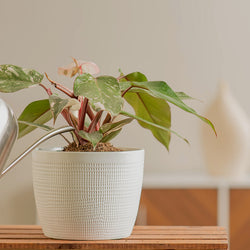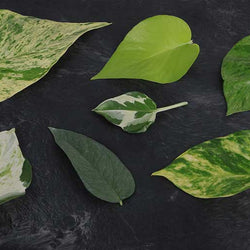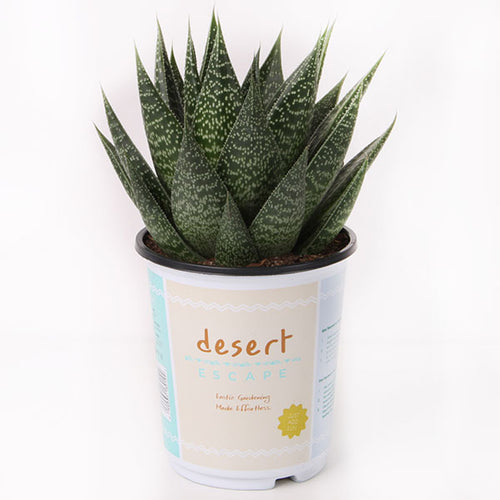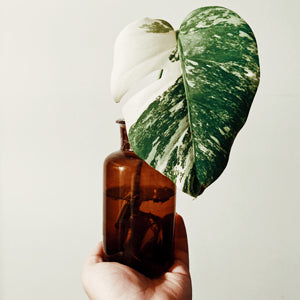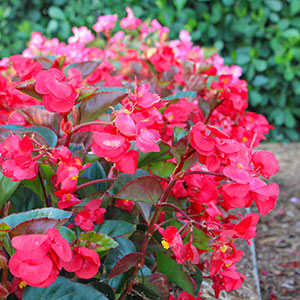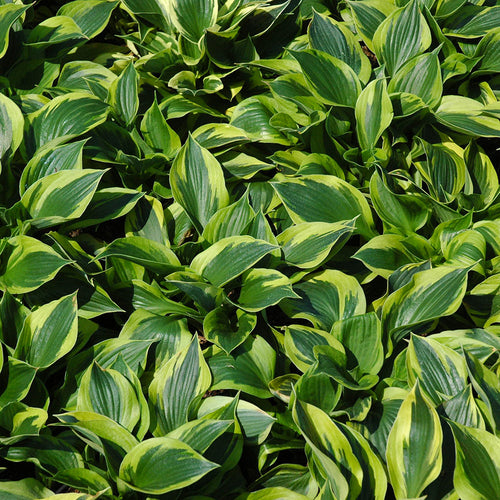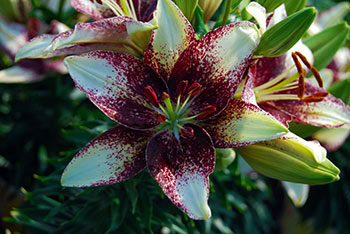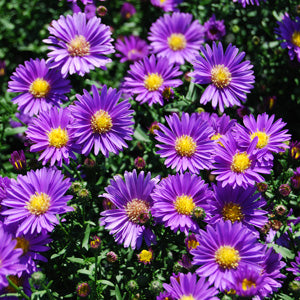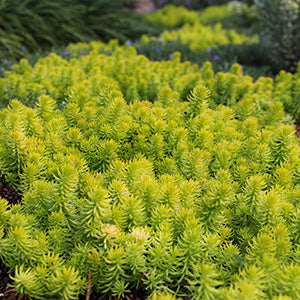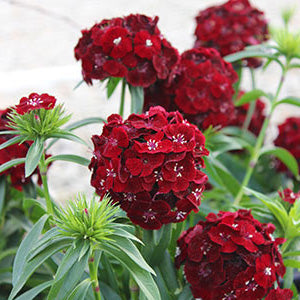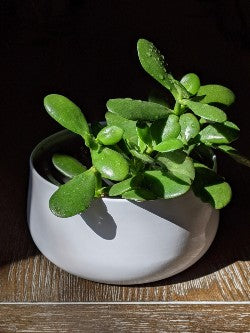
Develop a watchful eye
The best way to ensure that you don’t have an infestation of any pest is to inspect your houseplants often. If you have mealybugs, you’ll see them. They are easy to see once you know what to look for. At first glance, mealybugs may appear as a white cottony mass on a leaf. These are the eggs. The eggs are usually found on leaf undersides, and because of their cottony appearance, can be mistaken for downy mildew.
Where there are eggs, there are mealybugs
Look closer and you’ll probably see the insects. “Get out the magnifying glass,” says our Horticulturist Justin, “If you see a mealybug, there’s not just one.” Adult female mealybugs measure 1/10 to 1/4 inch long. Their white or light-gray bodies are oval-shaped and have segmented parts. Once you’ve spotted one, here’s the bad news: there are more. “They are little Trojan horse bugs,” he says. Adult female mealybugs are prolific egg layers; they can lay 300 to 600 eggs at one time.
If you see mealybugs, act now
Ridding your plant of mealybugs takes some perseverance, says Michelle, Integrated Pest Management senior manager. “It’s such a grueling process,” she says. “You think you’re done with them, and they pop back up. They are really difficult to take care of.” In fact, if you have a big infestation, it may be too late. Michelle suggests this: “If your plant is covered, sacrifice it,” she says. “If your plant is white [meaning it is covered with mealybugs], it’s not worth it,” she says.

Mealy bugs have a protective coating
“The tricky thing is that mealybugs have a white waxy coating. They are resistant to a lot of sprays. The white coating is like a suit of armor,” says Justin. In addition to the waxy exterior of the mealybug, the eggs are equally difficult to treat. “The egg sacs also have a waxy coating,” says Michelle. “Egg sacs are honestly more durable than the other stages of its life,” she says.
Mealybug eggs hatch into nymphs (aka crawlers). As their name suggests, crawlers are mobile. Justin says “crawlers can crawl from room to room. And they are surprisingly fast.” But while in this stage, they are vulnerable. “Once they hatch out of the super-resilient egg sac stage, they are in the crawler stage, and they are most vulnerable,” says Michelle. Crawlers are light yellow, and when in the crawler stage, they don’t have a waxy coating.
Treating mealybugs
Michelle and Justin agree that the first step to eliminating mealybugs is to isolate the plant so that the crawlers don’t move to other plants. There are several ways to treat mealybugs.
Insecticides
The first knee-jerk reaction to seeing insects on your plants is to nuke them with a spray insecticide. But simply spraying once with a chemical is not going to work with mealybugs. Both Michelle and Justin agree that using an insecticidal spray is hit and miss. She says “Sprays are not going to work very well, even if you get a lot of coverage.” Part of the problem is that mealybugs reside in hard-to-reach places, such as nooks and crannies of stems and the undersides of leaves. If using an insecticide, choose a systemic insecticide, says Justin, which works from the inside out, meaning it is absorbed in the roots and held in the plant leaves. Before using any chemical treatment, take care to read and follow the application instructions.
Spot treat with isopropyl alcohol
If you have a small number of mealybugs, you can use a spot treatment of dabbing them with a Q-Tip dipped in rubbing alcohol. But don’t spray the plants with alcohol in a fit of frustration, says Justin. This will damage your plant leaves. Michelle takes a more hands on approach: “If you have the stomach, smush them.”
Combination treatment
Michelle and Justin recommend a one-two punch of a systemic insecticide spray and spot treatments with alcohol. You must treat the mealybugs every week until they are gone. As Justin says, this is not a once-and-done treatment scenario.
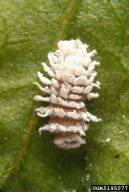
Send in the good bugs
Another option for treatment is beneficial insects, also called biologicals. The best one is aptly called the mealybug destroyer (aka Cryptolaemus montrouzieri). “The coolest thing about this biologal is that the larval form looks just like a mealybug,” says Michelle. This tiny wolf in sheep's clothing feasts on mealybugs. One mealybug destroyer larvae can devour up to 250 mealybug larvae. These will likely not work very well in an indoor setting. Lacewing may also be helpful in a pinch but likely will not take care of your problem single-handedly.
Keep houseplants healthy
One of the best ways to keep houseplants from becoming susceptible to pests and disease is to keep them healthy. Learn more about keeping houseplants happy.
See how to treat spider mites.
PHOTOS: Jeffrey W. Lotz, Florida Department of Agriculture and Consumer Services, Bugwood.org, Whitney Cranshaw, Colorado State University, Bugwood.org, Susan Wilkinson on Unsplash
